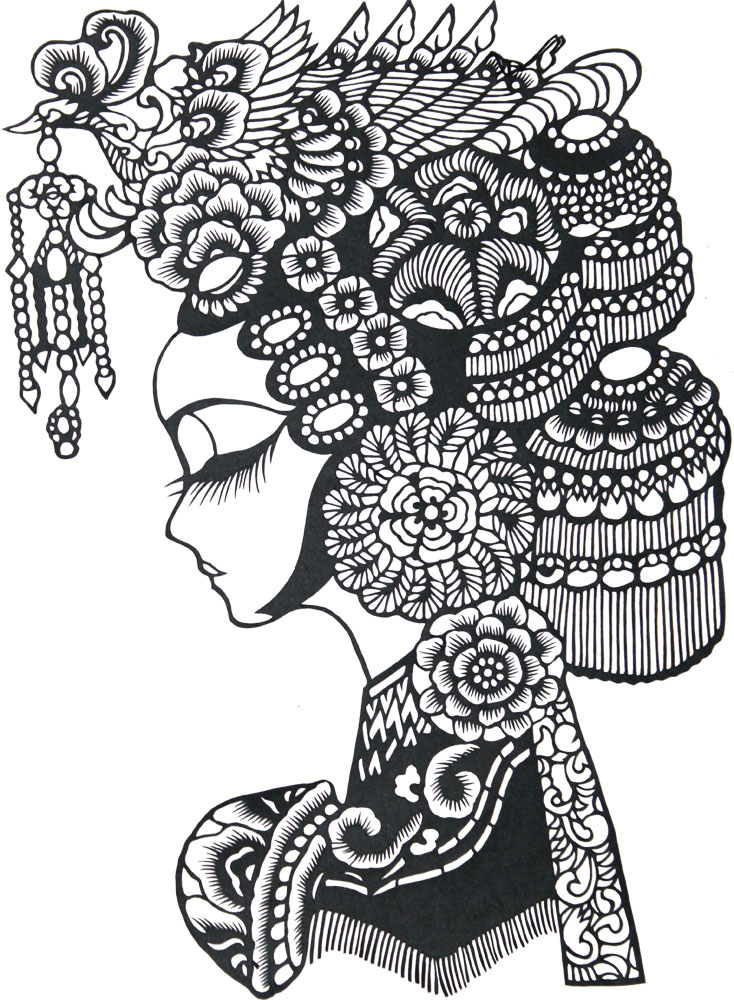Complex aesthetics within intangible cultural heritage

A traditional Chinese paper cutting
Intangible cultural heritage refers not only to “fine art,” but also to other cultural forms rich in artistic quality. Intangible cultural heritage should be analyzed from an aesthetic point of view to promote its creativity.
Artistic quality is an intrinsic characteristic of intangible cultural heritage. Under the current classification system for intangible cultural heritage, artistic quality and aesthetic value are evident in folk literature, art, music and dance, which can be directly regarded as art forms in their own right.
Quality in life, culture
Even some other forms of intangible cultural heritage, such as traditional Chinese medicine, have a rich oral culture based on stories. The rich artistic elements and distinct aesthetic signs of intangible cultural heritage have become important sources of artistic creation. Due to their important artistic and aesthetic value, these heritages have survived and realized continuous development over a long time. These values have become an important consideration when protecting and inheriting intangible cultural heritage.
Life quality is a distinguishing characteristic of intangible cultural heritage, which is identified by its strong secularism and distinct utilitarianism in contrast to “fine art” characterized by its spiritual transcendence. On account of its artistic quality, intangible cultural heritage has not been lost in daily life. Tension between art, life and culture promotes intangible cultural heritage to take the initiative and become a “fine art” in order to be more artistic. At the same time, this “fine art” tends to be rooted in life to obtain vitality. Intangible cultural heritage therefore promotes the aesthetic development of daily life.
Cultural quality is another fundamental characteristic of intangible cultural heritage. Its distinct features, in the context of cultural globalization, reflect cultural diversity in the world. Because of its heterogeneity and novelty, any form of intangible cultural heritage can reflect cultural creativity and the aesthetics of different cultures. Under the push of high and new technology and cultural consumption, artistic creation has been converted to cultural creativity and artworks have been transformed into cultural goods. Through exploiting novel heritage resources, a shortcut for cultural creativity has come into being.
Preserving original spirit
Unlike artistic aesthetics that exceed utility, the aesthetics of intangible cultural heritage are endowed with various utilities.
However, such utility should be balanced by its artistic value and cultural spirit. When people pursue economy value, the resources of intangible cultural heritage should not be overly commercialized and their original value and spirit should be preserved.
If treated with extreme utilitarianism and without reverence, the aesthetic value and cultural spirit of intangible cultural heritage will be severely damaged or lost. Heritage risks being reduced to hollow symbols devoid of any connotation.
Due to its roots in daily life, intangible cultural heritage is usually appreciated by aesthetic standards of culture popularization. Problems arise when people place too much emphasis on the sensory experience and neglect immanent transcendence. Improving the aesthetic spirit of intangible cultural heritage has emerged as an important priority to ensure their inheritance, innovation and development in the future.
Xi Ge is from the Institute of Central Plain Culture at Henan Academy of Social Sciences.
